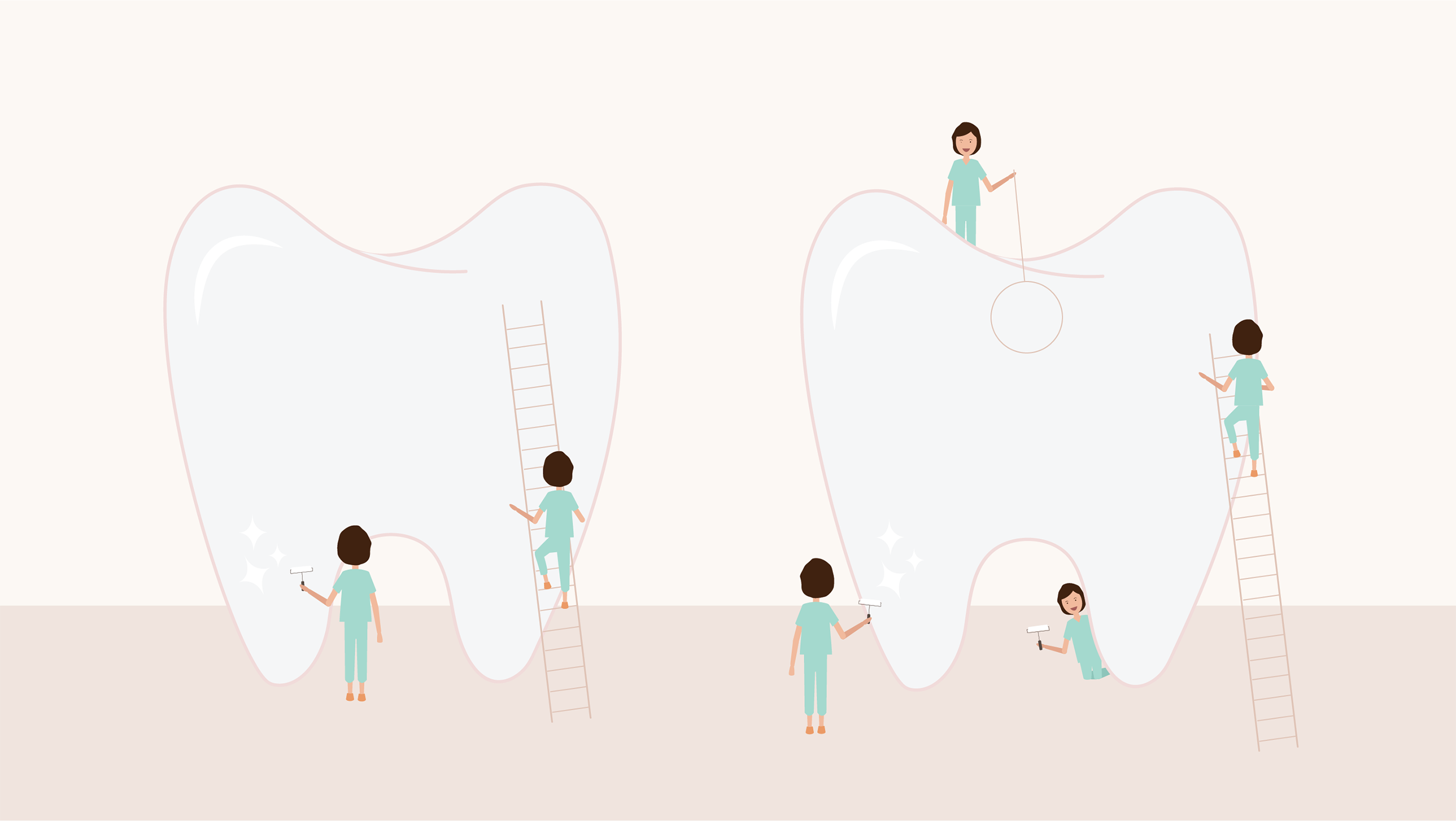
Anti-Anxiety Options
Patients may be faced with a range of emotions including fear, anxiety and stress in a dental setting. Anxiety towards the dental office can result in delaying or avoiding dental treatment. We can help your anxiety in many ways.
Anxiety relieving medications
Oral anxiety relieving medications are sometimes prescribed by dentists to help anxious patients relax.
Nitrous Oxide sedation
Nitrous oxide, commonly known as laughing gas, is a comfortable method of helping people to relax during dental treatment. A mask is fitted around your nose and mouth and a mixture of oxygen and nitrous oxide is breathed in. It takes effect within a few minutes and wears off quickly.
Conscious sedation
This method of sedation involves receiving medication through a drip placed into a vein of the arm or hand. Intravenous sedation can be provided by a dentist with advanced training in sedation or an anaesthetist. It can be conducted at a dental office or at a hospital.
Why do I need this?
There are many ways to help people manage dental anxiety or phobias. It is important to have an open and honest communication with your dentist and let them know exactly what troubles you so that you can be taken care of in the best possible manner.
Patient Expectations
Anti-anxiety medications or sedation need to be used carefully and with proper precautions.
Anti anxiety medications
A short-acting, small, single dose is usually taken one hour before the dental appointment. This has to be preplanned with your dentist and family members. It is mandatory to have someone accompany you to and from the dental visit and it is unsafe to drive, cook or do risky activities while under the influence of such medications.
Nitrous Oxide sedation
Once the mixture of nitrous oxide and oxygen has been breathed in, the patient will feel relaxed but will still be awake. They will be responsive and understand everything but may not necessarily remember everything once the dental appointment is over. Most people have a pleasant experience with nitrous oxide sedation.
Conscious sedation
Under intravenous sedation, patients are relaxed and may go into a light sleep, but they may be responsive to verbal communication. Some drowsiness, nausea and uneasiness may be expected after the procedure. Activities like driving and cooking are unsafe till the effect of sedation has completely worn off.
